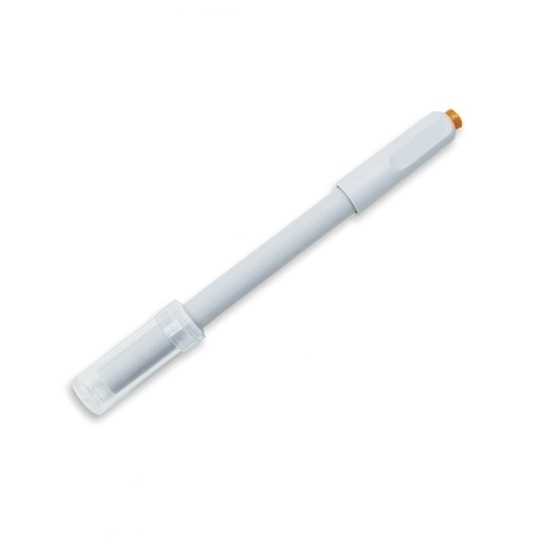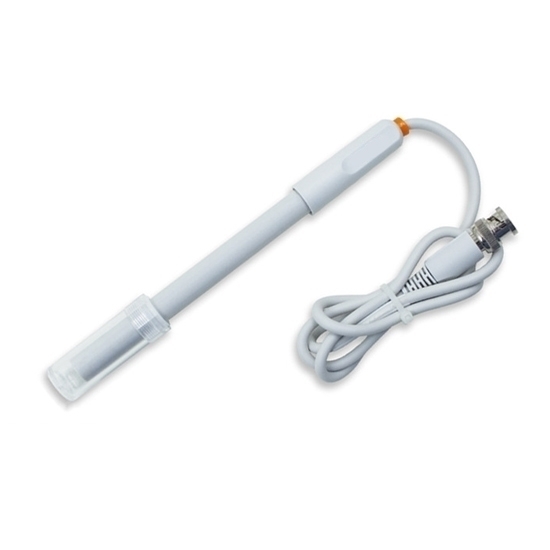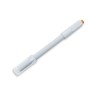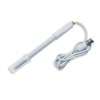



- Stock: In Stock
- Model: RDDLZ-ISE-BROMIDE
- Weight: 1.00
- SKU: RDDLZ-ISE-BROMIDE
Available Options
Bromide ion selective electrode (ISE) is a specialized sensor designed to measure the concentration of bromide ions (Br-) in a solution. It operates based on the principle of selective ion exchange, where the electrode membrane selectively allows bromide ions to pass through, generating a potential that is proportional to the logarithm of the bromide ion activity in the solution.
Specification
| Model | RDDLZ-PBr-1-01 |
| Electrode Type | Single Electrode |
| Ion | Bromide Ion (Br-) |
| Standard Solution | NaBr Solution |
| Measuring Range | 5 x 10-6~10-1mol/L |
| 0.4mg/L~7.99g/L | |
| Ionic Strength Adjuster (Powder) | Small Amount of KNO3 |
| High-end Ionic Strength Regulator | Ionic Strength Regulator Type Ⅰ |
| Sensitive Film Material | Salt Film |
| Shell Material | Plexiglass |
| Working Temperature | 5℃~60℃ |
| Interface | BNC (Q9) |
| Working pH | 4~10 |
| Dimension | φ12*120mm |
| Recommend Reference Electrode | RDDLZ-217-01 |
Dimension
Detail
Application
Tips: How does a bromide ion selective electrode work?
A bromide ion-selective electrode (ISE) operates based on the Nernst equation and selective permeability of a membrane to bromide ions. The electrode consists of a reference electrode and a sensing electrode with a bromide-selective membrane. This membrane allows only bromide ions to pass through, creating a potential difference across the electrode interface. The Nernst equation relates this potential difference to the concentration of bromide ions in the sample solution. As the concentration of bromide ions changes, the voltage across the electrode also changes, providing a measurable signal. The electrode is sensitive to bromide ions and exhibits a linear response within a specific concentration range. This makes bromide ISEs valuable tools in analytical chemistry for accurately determining bromide ion concentrations in various samples, such as water or biological fluids.
